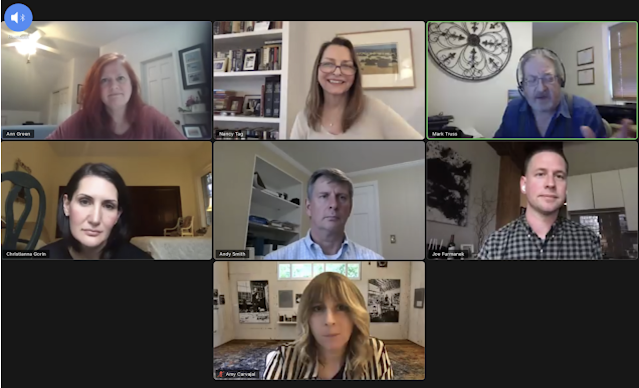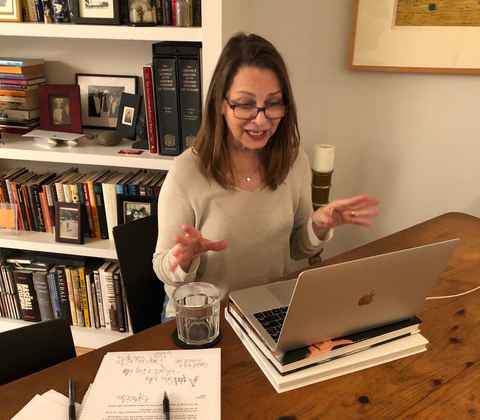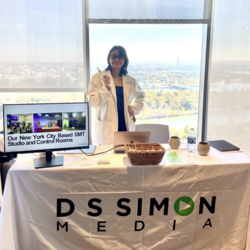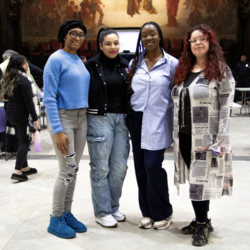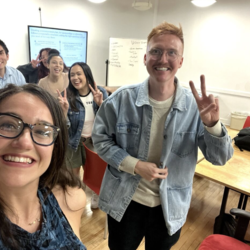Bridging the Creative Divide
By
BIC CCNY
Posted on
09/29/2020 14:33
BIC Program Director Nancy R. Tag was featured along with Kantar's Ann Green in the final session that focused on more effective and collaborative workflow
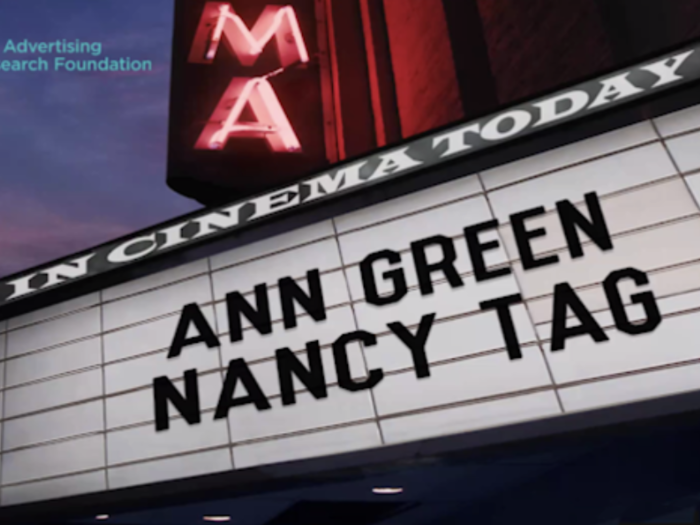
Why can't the research and creative/strategy communities just get along? This friction has long been bemoaned, but little studied -- until now. The ARF Creative Council's ground-breaking white paper, "How to Get Better Creative from Better Insights," came to life last week in a virtual happy hour and panel discussion that explored the barriers that undermine the creative process and product. BIC Program Director Nancy R. Tag was featured along with Kantar's Ann Green in the final session that focused on more effective and collaborative workflow.
The provocative virtual event, Bridging the Creative Divide: How to Collaborate & Unleash Powerful Advertising, brought together speakers from a wide range of companies including Code and Theory, Kantar, VMLY&R and Wunderman Thompson. The panelists spoke about a number of issues including new ways of thinking about and communicating the results of research as well as how insights can enrich the overall creative process.


The ARF Creative Council’s 2019 white paper on how researchers and creatives can collaborate and create powerful advertising included findings from an industry survey and a set of in-depth interviews that uncovered gaps between researchers, strategists, and creatives in their beliefs about the role research plays in the creative process. It identified three key sets of issues that lie at the root of the differences between researchers and creatives/strategists – language, trust, and workflow – and recommended concrete steps to overcome those issues through developing baseline understanding, aligning on goals and processes, and improving communication.
At the virtual happy hour, Prof. Tag's recommendations included more mid-process brainstorming and critique -- inviting people into each other’s process before minds are made up -- and sharing vocabulary to create a more collaborative environment, instead of purposely using intimidating jargon which puts up walls and stifles creativity.
You can check out the full white paper here.
Recommended Posts
<< Previous post Next post >>
